Raptor Migration Watchsites of Central America, northern South America, and the Caribbean
Conserve the Corridor
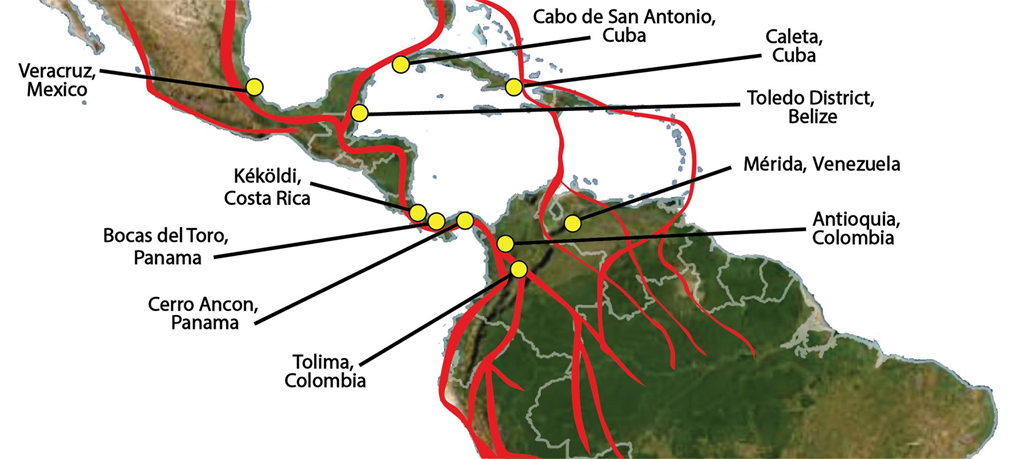
Conserving the Central American corridor or flyway is critical to conserving raptors moving between North and South America. Maintaining habitat and healthy ecosystems for raptors is linked to healthy human populations.
Your financial contribution will support Hawk Mountain Sanctuary’s efforts to provide public outreach, scientific monitoring, equipment, and other grassroots conservation work in Central and northern South America—the places where raptors need the most help.
Veracruz River of Raptors, Mexico
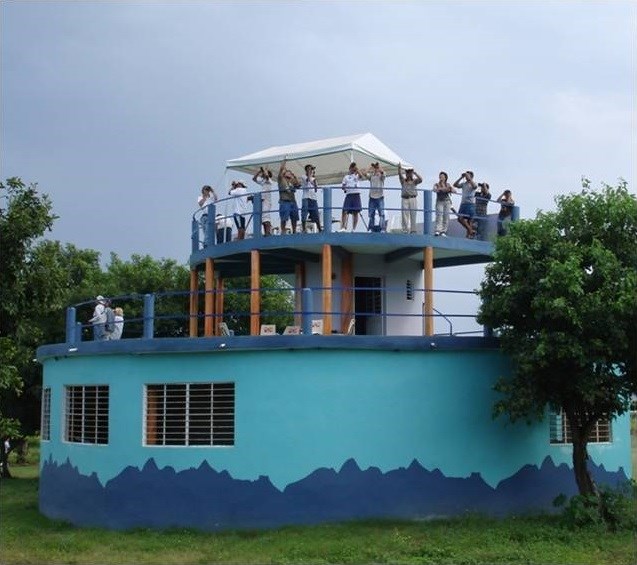
Established in 1991 by Dr. Ernesto Ruelas Inzunza, former Hawk Mountain trainee, with the support of Hawk Mountain Sanctuary (HMS) and Hawk Watch International (HWI). Operated by Pronatura Veracruz.
Each fall more than 4.5 million raptors of 24 species concentrate in a narrow passage between the Sierra Madre Oriental mountains and the Gulf of Mexico. The most abundant migrant is the broad-winged hawk. Counts take place at Cardel and Chichicaxtle, that are 10 km apart.
Learn more about the site, its history, and importance in raptor conservation.
Support Veracruz River of Raptors directly through their website.
Belize Bird Conservancy Hawk Watch, Belize
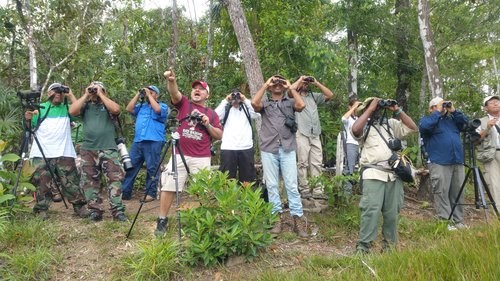
Established in 2017, the Belize Raptor Research Institute (BRRI) and the Scarlet Six Biomonitoring Team (S6) merged into one organization to form the Belize Bird Conservancy. The first community-based Raptor Watch Program was initiated in 2013 by the formerly known BRRI.
More than 18,000 raptors of 20 species pass each fall in the Toledo District between the Mayan Mountains and the Caribbean Sea. Significant migration spot for the hook-billed kite. Counts take place in Punta Gorda, southern Belize.
Learn more about the site, its history, and importance in raptor conservation.
Support Belize Bird Conservancy Hawk Watch directly through their website.
Kéköldi Indigenous Reserve, Costa Rica
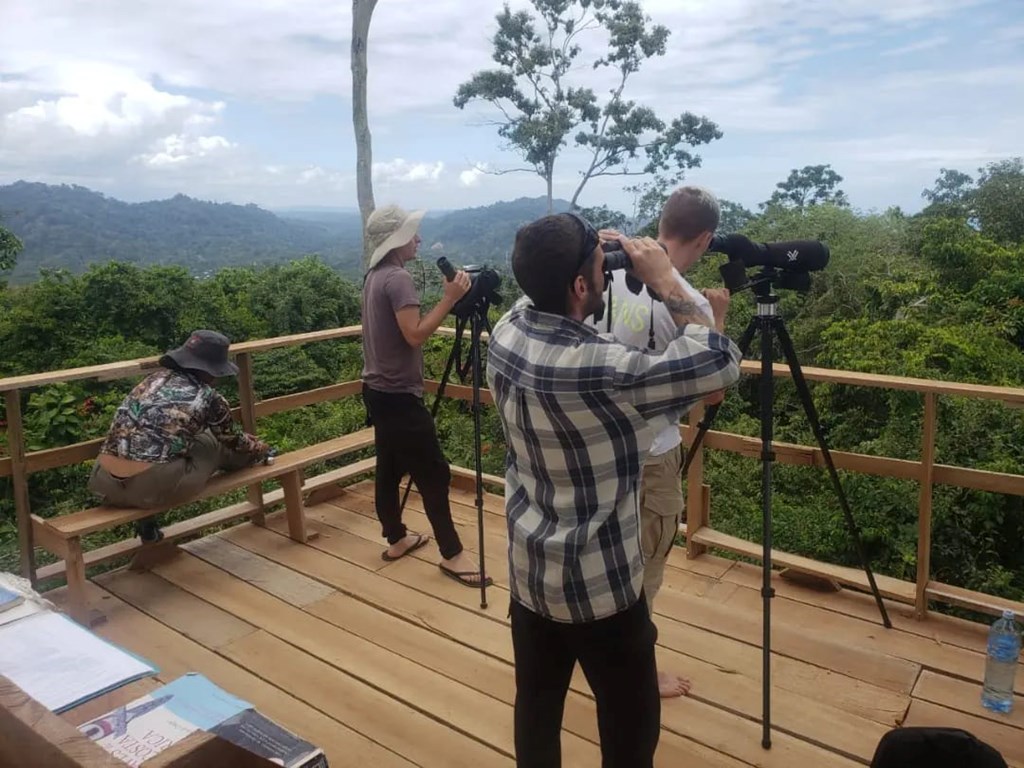
Established in 2000 by Pablo Porras, former Hawk Mountain trainee. Due to limited funding, Kéköldi no longer has the resources to support a permanent staff and counts are sporadically held through outside organizations.
More than 2.7 million raptors of 17 species recorded in fall, the second most concentrated flight of migratory raptors behind Veracruz. Significant migration spot for the peregrine falcon. Counts take place in the foothills of Cordillera de Talamanca, just 5 km from the Caribbean Sea.
Learn more about the site, its history, and importance in raptor conservation.
Support Kéköldi Indigenous Reserve directly through their website.
Panama
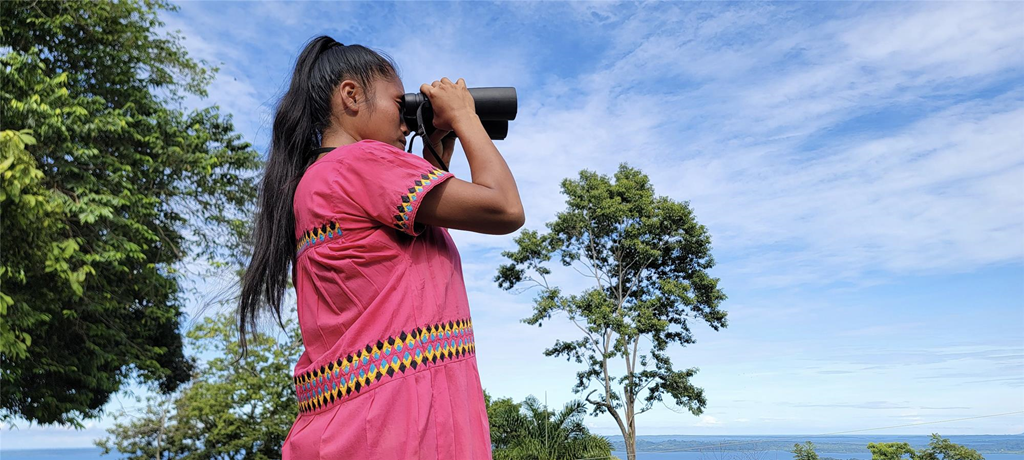
Cerro Ancon
Panama City, Panama
Audubon Panama, in collaboration with Hawk Mountain Sanctuary, launched the first "Raptors Ocean to Ocean" hawk counts at a transect of sites across the country, beginning in 2004. Audubon has maintained the count in Cerro Ancon with volunteers.
Over 1.5-2 million raptors of 14 species are recorded each fall, making this site the third most concentrated flight behind Kéköldi. Turkey vultures, broad-winged hawks, and Swainson’s hawks dominate the flight. Count takes place in Cerro Ancon, Panama City. Sporadic counts have also taken place in recent years at the Canopy Tower hotel and Panama Rainforest Discovery Center near the Canal.
Learn more about the site, its history, and importance in raptor conservation.
Support Audubon Panama directly through their website.
Follow project updates on Facebook.
Bocas del Toro
Northern Panama
Bocas del Toro was established in 2021 by former Hawk Mountain trainee Chelina Batista.
Learn more about the site, its history, and importance in raptor conservation.
Cuba
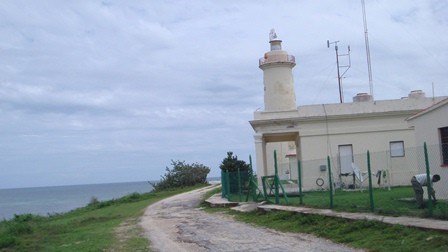
Cabo de San Antonio
Pinar del Río, Cuba
The Cabo de San Antonio watch site is located in western Cuba inside the National Park and Biosphere Reserve of Guanahacabibes, run by Felipe Chavez. Flight dominated by swallow-tailed kite and peregrine falcon. Due to limited funding, this site has not been able to maintain a continuous seasonal hawk-count.
Follow hawk count updates via the Hawk Migration Association of North America's (HMANA) Raptor Migration Database.
Caleta
Guantanamo, Cuba
Large counts of osprey in the southeast at the Caleta Rio de Aguilas Raptor Migration Observatory watch site, run by Freddy Rodríguez Santana. In 2019, more than 18,000 ospreys were recorded during a single fall migration season (just 45 counting days), offering a valuable opportunity to monitor migratory populations.
Follow hawk count updates via the Hawk Migration Association of North America's (HMANA) Raptor Migration Database.
Antioquia, Colombia
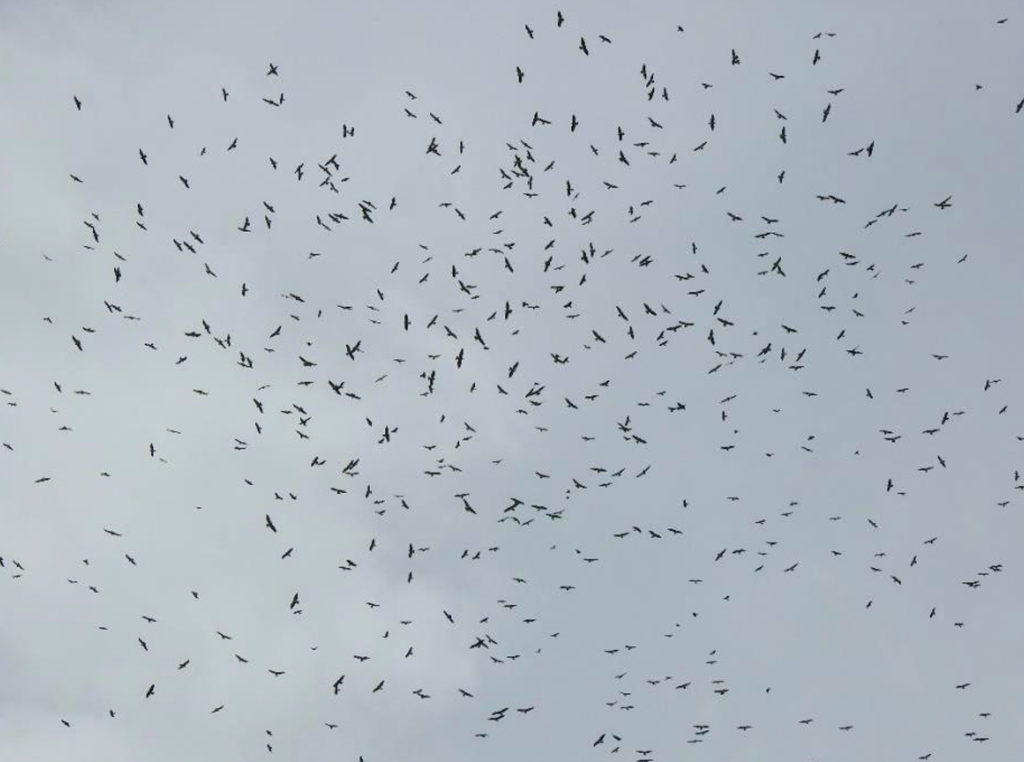
Former HMS trainee Esther Vallejo began an exploratory hawk watch site in Antioquia in 2020. Despite not being established as an official hawk watch, the site was found to be a critical migration corridor and roosting site for Swainson’s hawks and broad-winged hawks to rest before continuing migration along the Andes.
After a delayed start due to the pandemic, more than 600,000 raptors of 14 species were recorded in fall of 2020. Located in a passage crossing the northern Cordillera Occidental between Atrato and Magdalena rivers. There is no current count being held here today.
Tolima, Colombia
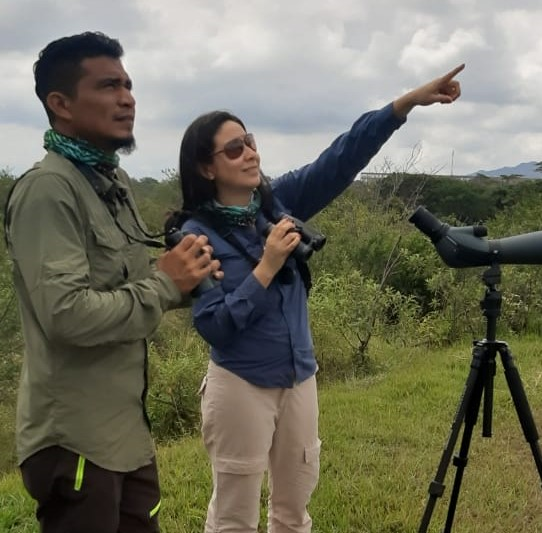
With the support of Hawk Mountain Sanctuary, former HMS trainee Esther Vallejo has secured funds to establish count sites and begin community raptor education in Tolima. The creation of these sites is part of a conservation strategy to end illegal hunting of migratory raptors in the region.
Fall counts occur in Iguasitos, Tolima, in the middle of the Magalena River Valley. Spring counts are held in Ibagué, Tolima, in the western part of the Andes. Over 700,000 raptors recorded in spring 2022. The first fall count (held in 2022) also recorded over 700,000 migrants, with Mississippi kites, broad-winged hawks, and Swainson’s hawks being most abundant.
Learn more about the site, its history, and importance in raptor conservation.
Support the conservation of migratory raptors in Tolima through GoFundMe.
Mérida, Venezuela
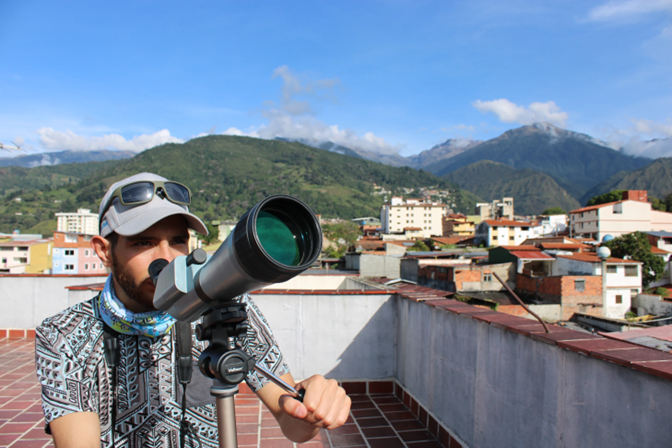
Established by Luis A. Saavedra and fellow Universidad de Los Andes (ULA) colleagues in 2020. The site was named "Five White Eagles" after an indigenous legend.
More than 30,000 raptors are recorded in fall. Sighted species include the merlin, peregrine falcon, osprey, turkey vulture, broad-winged hawk, and Swainson’s hawk. Counts take place on the roof of a building near the city of Mérida. The city is located within the Chama River Valley, between the Sierra de la Culata and the Sierra Nevada de Mérida mountain ranges.
Learn more about the site, its history, and importance in raptor conservation.
Follow hawk count updates via the Hawk Migration Association of North America's (HMANA) Raptor Migration Database.